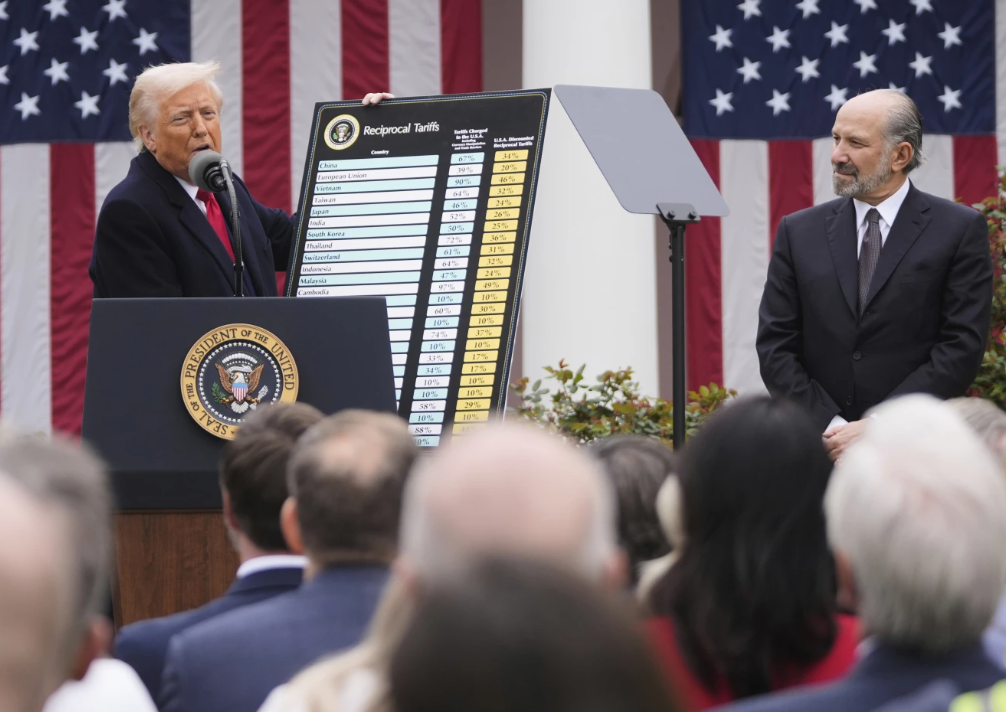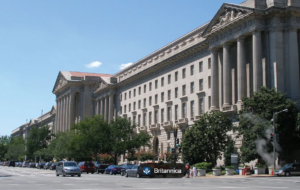Why Americans are split on Trump’s economic policies is more than just a political debate—it’s a direct question about your paycheck, your bills, and your financial future. Whether you’re a small business owner, a parent, or just trying to manage daily expenses, understanding these policies is key.
1. What Americans Really Think About Trump’s Economic Policies
Explains the national divide using poll data & public sentiment.
Many Americans are conflicted. Recent polls show nearly half support Trump’s efforts to strengthen domestic industries, while others worry about rising prices, job insecurity, and market instability.
Latest Poll Data Snapshot:
| Poll Source | Support Trump’s Policies | Disapprove |
|---|---|---|
| Reuters/Ipsos (Mar 2025) | 41% | 57% |
| Gallup (Feb 2025) | 45% | 51% |
2. Who Wins and Who Loses: The Real Financial Impact
This section compares how Trump’s policies affect different income and industry groups.
| Policy | Who Benefits | Who Is Hurt | Financial Impact |
|---|---|---|---|
| Tax Cuts | Corporations, high-income earners | Lower/middle-class households | Unequal savings, widening wealth gap |
| Tariffs | Some U.S. manufacturers | Most consumers, small retailers | $3,800/year extra cost per family |
| Healthcare Changes | Large insurance providers | Families with chronic illness | Higher out-of-pocket costs |
| Deregulation | Big oil, banks | Environmental and labor protections | Short-term gains, long-term risk |
3. How Trump’s Economic Policies Interconnect
Map to show how everything links together
[ Trump's Economic Strategy ]
|
┌──────────────┬────────────────────────┬────────────────────┬────────────────────┐
↓ ↓ ↓ ↓
Tax Reform Tariffs on Goods Healthcare Changes Industry Deregulation
↓ ↓ ↓ ↓
More business Higher prices Increased premiums Looser safety, labor laws
savings on imports for families → short-term profit
↓
Higher inequality4.Real-World Example: How Consumers Are Reacting Now
Based on recent news events from U.S. cities.
In New York City, consumers are rushing to buy electronics, cars, and appliances before Trump’s new tariffs make them more expensive.
I just bought a $50,000 Subaru before the price jumped,” one shopper said.
5.What Economists Are Warning About the Long-Term Impact
- Larry Summers: Tariffs could cost the global economy up to $30 trillion.
- Daryl Fairweather (Redfin): Fears of stagflation are growing.
- Mariana Mazzucato: Families may spend $1,700–$5,000 more annually due to policy ripple effects.
6. The Global Fallout: How U.S. Allies Are Responding
Highlights international consequences and how they reflect back on Americans.
From Germany and the UK to Cambodia and Lesotho, many U.S. allies are facing tough economic conditions due to U.S. tariff policies.
This matters because global instability → higher import prices in the U.S. → higher inflation for Americans.
Final Thoughts: What You Should Watch Moving Forward
Whether you support Trump’s economic agenda or not, it’s crucial to:
- Watch inflation trends and interest rates
- Follow state-level effects on jobs and housing
- Focus on long-term financial planning (retirement, insurance, etc.)
- Stay updated with trusted U.S. economic sources
[USnewsSphere.com / apn]





